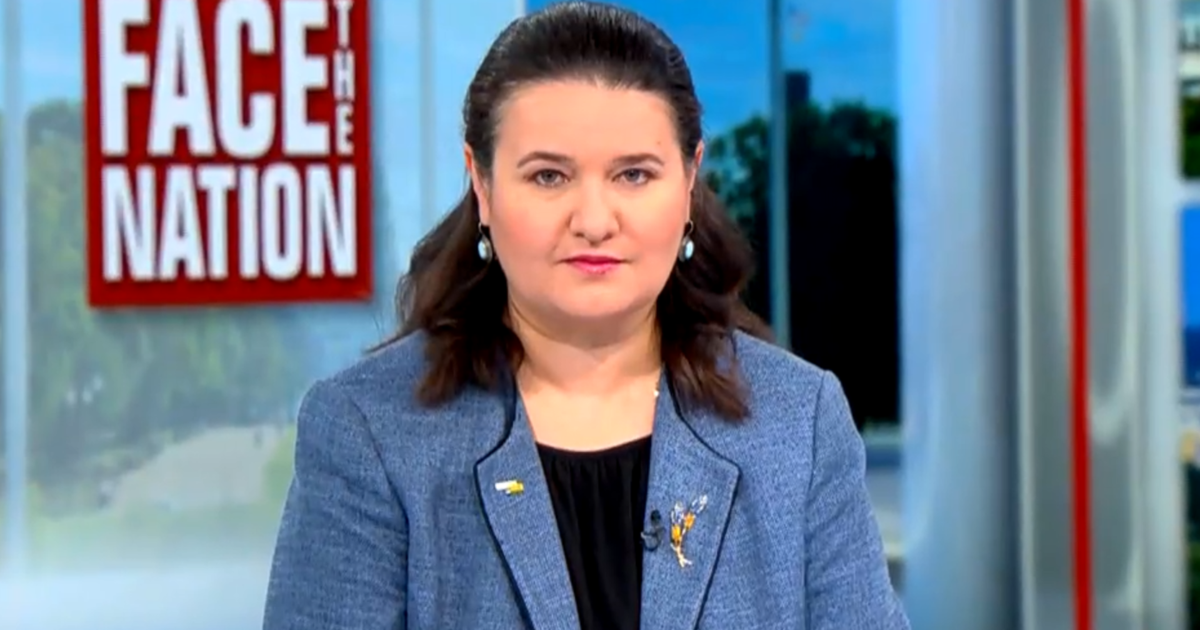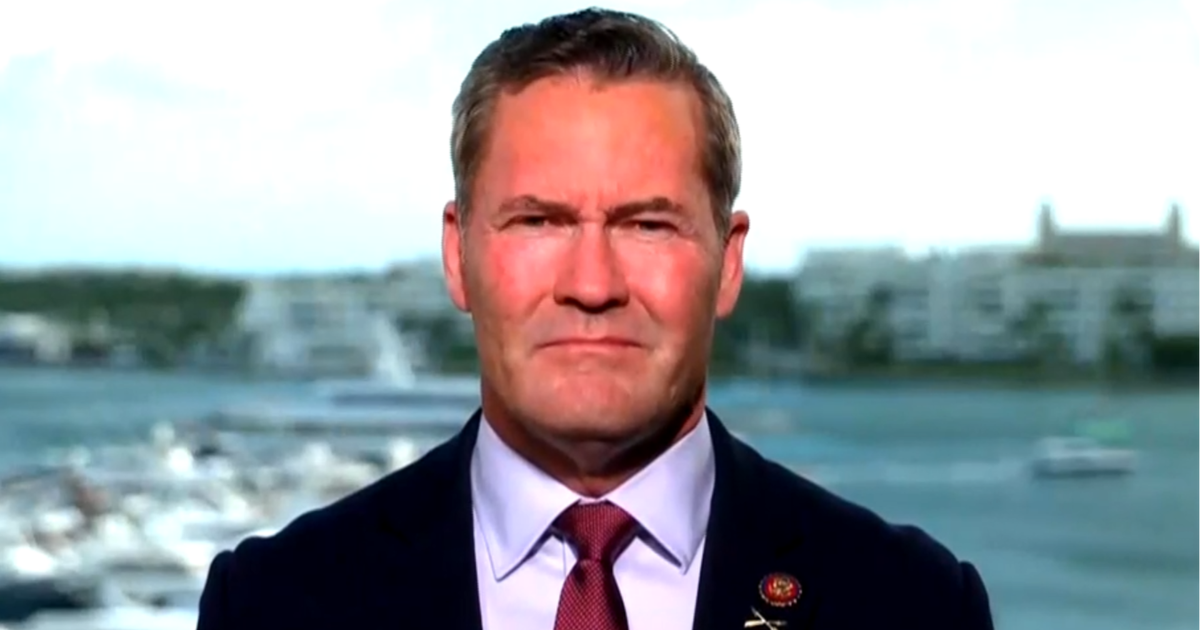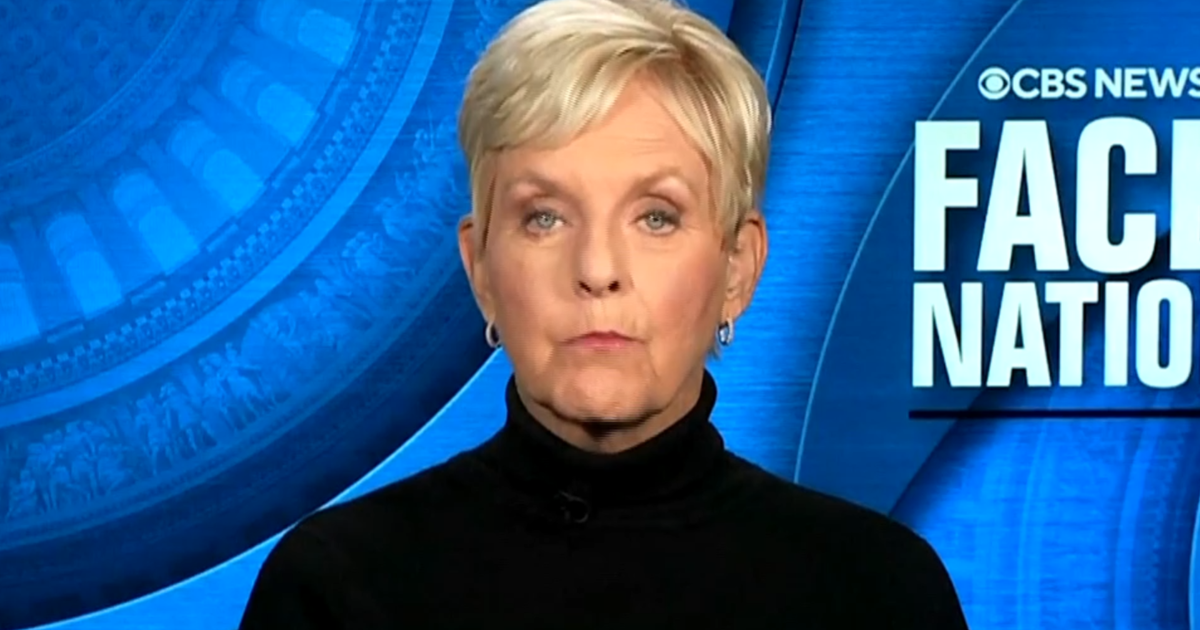Scott Gottlieb says coronavirus mitigation "didn't work as well as we expected" in reducing cases
Washington — Dr. Scott Gottlieb, former head of the Food and Drug Administration under President Trump, said Sunday that the continued rise in cases of the coronavirus in many states indicates that measures implemented to mitigate the spread of the virus "didn't work as well as we expected."
In an interview with "Face the Nation," Gottlieb said the direction of the epidemic is a "mixed bag," with the New York tri-state region experiencing a drop in coronavirus cases and hospitalizations but the number of new cases rising daily in about 20 other states, including Illinois, Texas, Maryland, Indiana, Virginia, North Carolina and Tennessee.
"While mitigation didn't fail, I think it's fair to say that it didn't work as well as we expected," Gottlieb said Sunday. "We expected that we would start seeing more significant declines in new cases and deaths around the nation at this point, and we're just not seeing that."
There have been more than 1.1 million cases of the coronavirus in the U.S., and the death toll stands at more than 66,000. Still, a number of states have begun lifting restrictions on businesses, and social distancing guidelines implemented by the White House quietly expired May 1. President Trump has also been focused on reopening of the U.S. economy, which was brought to a standstill by the epidemic.
Gottlieb predicted that by the end of June, the number of deaths from COVID-19, the disease caused by the novel coronavirus, will surpass 100,000 nationally and warned the country could be facing the prospect of a persistent spread, with 20,000 to 30,000 news cases daily and 1,000 deaths per day becoming the "new normal."
The country is currently seeing 30,000 new cases daily and 2,000 deaths, Gottlieb said, but because only one-in-10 infections are diagnosed, "those 30,000 cases are really 300,000."
"The challenge is that if we see this slow simmer through this summer — maybe this summer's a backstop to spread, I think it will be — but we see this sort of persistent 20,000 cases a day, maybe 30,000, but it probably comes down a little. We see a persistent 1,000 or more deaths a day. That's through this summer," he said. "But what happens when we come back in the fall and schools are back in session, colleges are back in session, residential college campuses? People are letting their guard down a little bit more. People are back at work after an August recess. And then you can see this slow simmer explode into a new epidemic or large outbreaks."
"That's the concern, that if we don't snuff this out more and you have this slow burn of infection, it can ignite at any time," Gottlieb added.
Gottlieb said that until there is a vaccine, Americans with higher risk factors may need to exercise caution when leaving their homes. And as the federal government pushes for an easing of social distancing measures and for shuttered businesses to reopen even as the virus continues to spread, officials need to embrace technology and push for the fast development of treatments.
"The more that the government accepts the fact that there's just going to be persistent spread and they want to open the economy against that backdrop, the more they better be doubling down on the technology and make sure that we're doing everything we can to get those drugs in time for the fall," he said.
The Trump administration has launched "Operation Warp Speed" to trim the time to develop a coronavirus vaccine and is aiming to have 300 million doses available by January. Gottlieb said he believes by the fall there will be multiple manufacturers who have completed early-stage safety trials and have doses that can be deployed in studies in U.S. cities.
"So what you would do is deploy the vaccine in the setting of an outbreak in a city to both test whether it's safe and effective. So you're continuing to study it, but you're also using it potentially therapeutically to ring-fence an outbreak," he said. "I think we're going to be in a position to do that. And I know companies are working on protocols, designing trials, to engage in that kind of deployment of vaccines. What we need right now is more than one manufacturer to be successful. We need multiple manufacturers, U.S. based manufacturers, to have vaccines ready to deploy in time for the fall."



